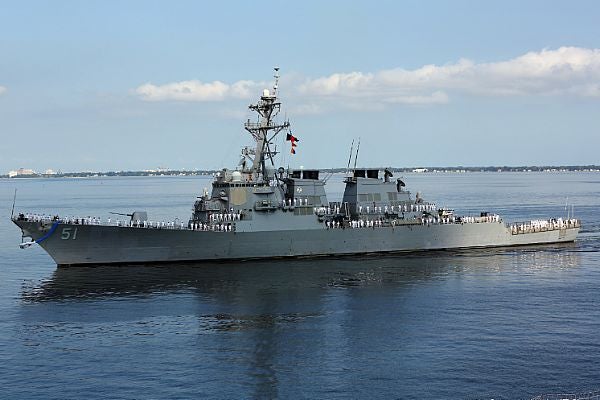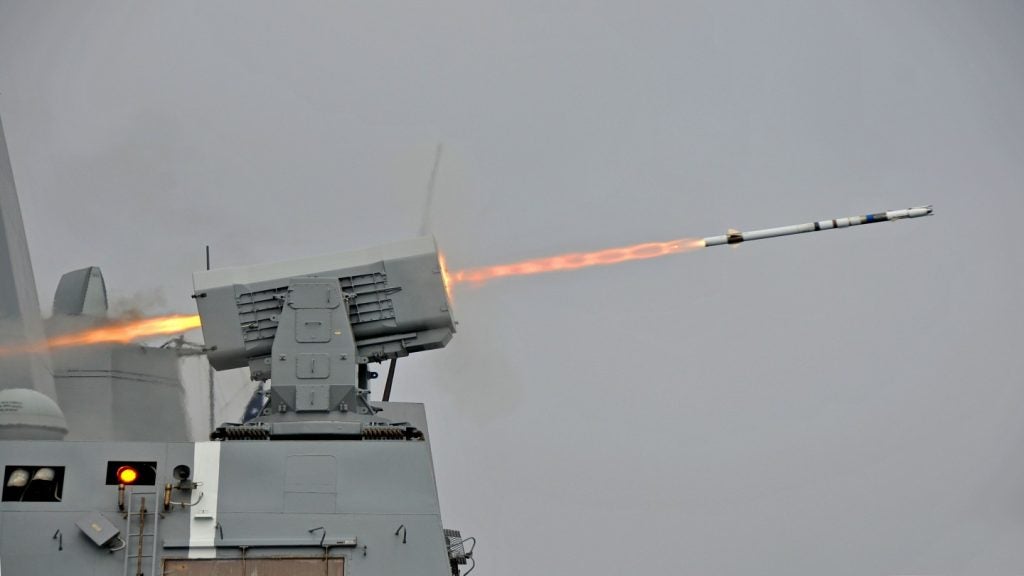
Lockheed Martin has filed a formal protest with the US Government’s Accountability Office (GAO), against the US Navy’s decision to award a next-generation air and missile defense radar (AMDR) contract to Raytheon.
Lockheed spokesman Keith Little said the protest follows careful consideration and belief that the merits of its bid had not been properly considered during the navy’s evaluation process.
The protest comes after the New Jersey lawmakers argued that the contract award to Raytheon would be more expensive than the Lockheed proposal.
"We submitted a technically compliant solution at a very affordable price," Little said.
Recently, the US Navy has awarded a $385m cost-plus-incentive-fee contract to design air and missile defense S-band radar (AMDR-S) and radar suite controller (RSC) for integration on Flight III Arleigh Burke (DDG 51) class destroyers beginning in 2016.
Under the contract, Raytheon will build and test the new AMDR that will be integrated with the existing AN/SPQ-9B X-band radar.
The contract involves engineering and modelling development phase design, development, integration, test and delivery of AMDR-S and RSC.
The company will begin design work followed by preliminary design review and conclude with the AMDR-S and RSC engineering development models acceptance at the end of testing.
The contract includes options for developing low-rate initial production systems, which may be exercised following Milestone C scheduled for fiscal year 2017, and if exercised, would bring the total value of the contract to $1.6bn.
Meanwhile, the US Navy has issued a stop-work order to Raytheon on the AMDR contract until a ruling from the GAO, which is expected by late January.
Image: US Navy’s Arleigh Burke-class vessel, USS Arleigh Burke (DDG 51) sailing at sea. Photo: courtesy of Tommy Lamkin.









